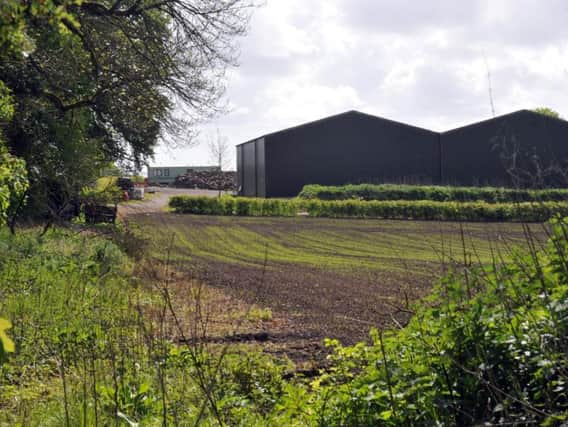Farmer ordered to clear equipment from land because it spoiled views


Andrew Lowe insisted that he was within his rights to store the equipment at Barrows Farm, off Carr Mill Road in Billinge.
But planning inspector John Braithwaite said that the unauthorised development spoiled the view for residents and was harmful to the outlook in general.
Advertisement
Hide AdAdvertisement
Hide AdMr Lowe had appealed against an enforcement notice issued by St Helens Council in July 2017 and told the Planning Inspectorate a hardstanding had been there for four years.
The action was taken over the storage of agricultural equipment there, in connection with a contracting business, and “unauthorised engineering operations”, which included excavations to create a hardstanding for the venture.
But in his ruling Mr Braithwaite said it wasn’t the introduction of the hardstanding which had caused the most concern, as far as the green belt is concerned.
He added: “The hardstanding created, which constituted an engineering operation, does not undermine the openness of the green belt but it is used for the storage of agricultural vehicles, plant and machinery.
Advertisement
Hide AdAdvertisement
Hide Ad“This storage does not preserve the openness of the area and, given that it is not near to or associated with a farm, (and) conflicts with a purpose of including land in the green belt, safeguarding the countryside from encroachment.”
Because a public footpath runs immediately to the south, there were “clear views” of the hardstanding and equipment, he ruled. But he was also concerned at the impact for surrounding neighbours from the siting of the machinery.
Mr Braithwaite added: “The outlook from the rear elevations of these residential properties is over the appeal land. The storage of agricultural equipment on the land intrudes into the outlook from the dwellings and causes harm to the residential amenities of their occupants.”
Council officials had demanded that the works should be removed within two weeks.
However the inspector altered the time given to reinstate the site to 12 weeks.
An application for costs, lodged by the council on the grounds Mr Lowe’s appeal was “unreasonable”, was rejected.